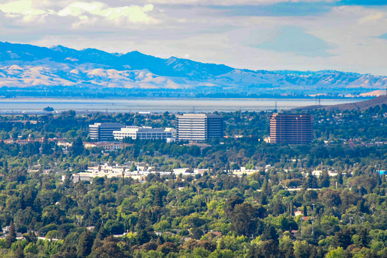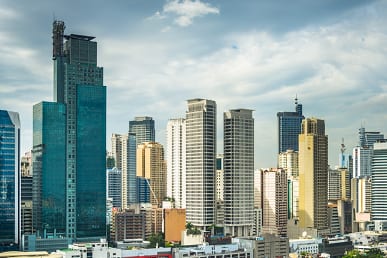The LIFE Act amendments of 2000 extended the period within which one can file an application for amnesty under the Immigration Reform and Control Act of 1986 (“IRCA”). Eligibility for LIFE Act amnesty is somewhat different than IRCA eligibility. Whether it be the place and timeliness of filing, or the additional requirements imposed upon a LIFE Act amnesty applicant, at the conclusion of this article, the reader should be able to understand the new late amnesty, interchangeably referred to as LIFE Act amnesty.
Applications for the new late amnesty must be received by the INS Missouri Service Center before May 30, 2002. In order to be eligible to apply for this amnesty, an applicant must be able to demonstrate that she was unlawfully present in the United States from on or before January 1, 1982 until May 4, 1988. An applicant must demonstrate that they were continuously physically present in the United States from November 6, 1986 until May 4, 1988 in any status; brief, casual and innocent departures from the United States do not affect this physical presence requirement. The applicant must demonstrate that they are admissible to the United States, have not been convicted of a felony or three or more misdemeanors in the United States and have never engaged in the persecution of others based upon race, religion, nationality, membership in a particular social group or political opinion.
Additionally, if an applicant is to receive work authorization pursuant to the new late amnesty, she must demonstrate that she applied for class membership in either the CSS, Lulac or Zambrano case. If a potential applicant did not apply for class membership, she may still apply for LIFE Act amnesty, however, she will not be eligible for work authorization. The INS has yet to announce whether one who applied for class membership, yet had their application denied, would be eligible for work authorization under their new application. It stands to reason that if the denial was inappropriate, an applicant would be eligible for work authorization.
Spouses and unmarried children of principal applicant can apply for family unity benefits under the LIFE Act so long as they entered the United States on or before December 1, 1988. The successful family unity applicant may receive work authorization and advanced parole. It should be noted that amnesty applicants also may avail themselves of advanced parole, more commonly known as a travel document.
Similarly, applications for amnesty under the LIFE Act, so long as timely and properly submitted may be filed from overseas. Thus, even those who have been deported from the United States, so long as otherwise eligible, may apply for LIFE Act amnesty. If previously deported, though, an application for amnesty must be accompanied by an application for permission to reapply for admission to the United States after deportation. Remember also that one needs to be admissible to the United States. Thus, if deported for criminal activity, one would need to cure any underlying grounds of inadmissibility before being granted the opportunity to legally re-enter the United States. Curing the underlying grounds of inadmissibility would be in addition to applying for and receiving permission to reapply for admission to the United States.
Perhaps the most common problem encountered in assembling the successful amnesty application is proof of unlawful status during the requisite time periods. Many of you may have entered on a valid tourist visa or other type of non-immigrant visa. Unless one can demonstrate that the visa status was violated, one would be considered in lawful status and thus ineligible for relief. Status violations can be documented in a number of ways, including but not limited to tax returns.
If you may think that you are eligible for LIFE Act amnesty, you are encouraged to contact a board certified specialist in immigration and nationality law.




